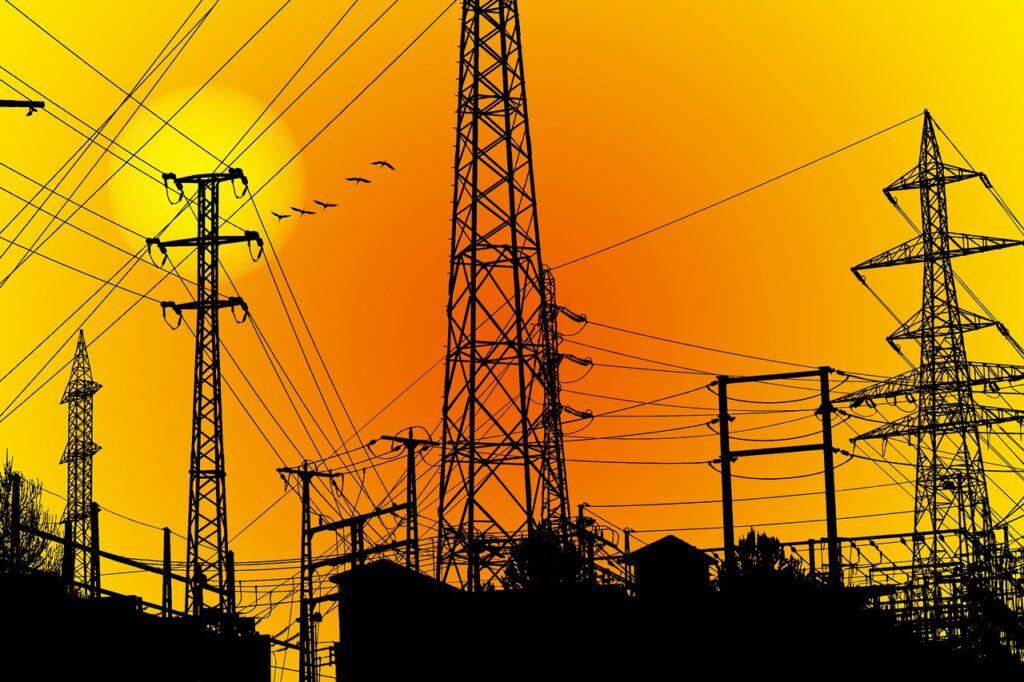While Scope II guidance has been out for a while, as investor and regulatory pressure to report GHG emissions increases, it is important for companies new to GHG accounting to understand, given its implications in tracking progress towards emission reduction goals. Whether it is voluntary frameworks, or mandated reporting regulation, all will require scope I and II emissions data, while scope III is still typically voluntary. Even if you are unconcerned with pending regulation or market pressure, it is good practice to have verified scope II information ready for climate risk reports that may be requested of you from your board of directors, current investors, future investors, and other stakeholders.
Reasons to Care About Scope 2 Emissions
Whether you are reporting voluntarily or are mandated to report, scope 2 emissions accounting can bring your organization many opportunities:
- Reduce your energy usage resulting in financial savings over time –
Energy conservation, efficiency upgrades, or supply switches will lower your carbon emissions from electricity.
- Benchmark your progress –
Tracking your scope 2 emissions will allow you to benchmark year over year and track improvements made by energy conservation tactics, efficiency upgrades, and even track energy supply improvements.
- Choose better physical location sites for future building –
Calculating scope 2 emissions provides a deeper understanding of grid emissions factors highlighting that some areas of the United States have “dirtier” energy mixes or more carbon-intensive grids than others. The risk of higher GHG implications could have an impact on where you locate future stores, buildings, etc.
- Increase customer loyalty & satisfaction –
Goods and services that emit lower emissions are more valuable to consumers.
- Improve stakeholder relations –
Increasing your transparency around the risks and opportunities in your business associated with scope 2 emissions will improve your overall stakeholder relations.
How to Calculate Scope 2 Emissions
While the emissions calculations for Scope 2 do involve complex math, the emissions are far easier to measure than Scope 3 emissions since the information is more readily available through utility bills, whereas, with Scope 3, the data is owned and controlled by third parties that a company can only have varying degrees of influence over. The hardest part of accounting for scope 2 is typically the time-intensive data acquisition, coverage, and ensuring overall accuracy.
In 2015, the GHG Protocol updated its guidance on how scope 2 emissions should be measured, introducing two different methodologies: the market-based approach and the location-based (grid-based) approach. This update means that most reporting companies now have to report their scope 2 emissions in either one of these two ways or both, also known as “dual reporting.” The recommendation by the GHG protocol is that companies employ dual reporting of both methods side by side when accounting for scope 2. As the newer methodology, market-based emissions accounting should be approached by companies with the appropriate level of discernment, being sure to consult experts and the published guidance accordingly.
To learn more about the different calculation methodologies, download our full Guide to Scope 2 Emissions Accounting here.
How Scope 2 Emissions Fit Into Carbon Accounting
Carbon accounting is the process of measuring and tracking greenhouse gas (GHG) emissions resulting from an organization’s operations. The data gathered through this process is essential for creating a carbon footprint, which is the total amount of GHGs emitted by an organization, expressed in carbon dioxide equivalents (CO2e). Carbon accounting is a critical tool for businesses looking to reduce their environmental impact and move towards sustainable practices.
To ensure accurate carbon accounting, organizations must gather comprehensive data on their emissions. This involves collecting information on direct emissions (Scope 1), indirect emissions from purchased electricity and heat (Scope 2), and indirect emissions from the supply chain and other activities (Scope 3). For our clients, Scope 2 emissions represent the most significant emissions reduction opportunities.
WatchWire for Carbon Accounting
WatchWire provides full-service carbon accounting, tracking Scope 1, 2, and 3 emissions, renewable energy credits (RECs), global warming potential, and more. To discover more about WatchWire and its capabilities, you can visit our website, blog, or resource library, request a demo, or follow us on LinkedIn, Instagram, or Twitter to keep up-to-date on the latest energy and sustainability insights, news, and resources.
 Top Sustainability Trends to Watch in 2025
Top Sustainability Trends to Watch in 2025

 Log In
Log In








